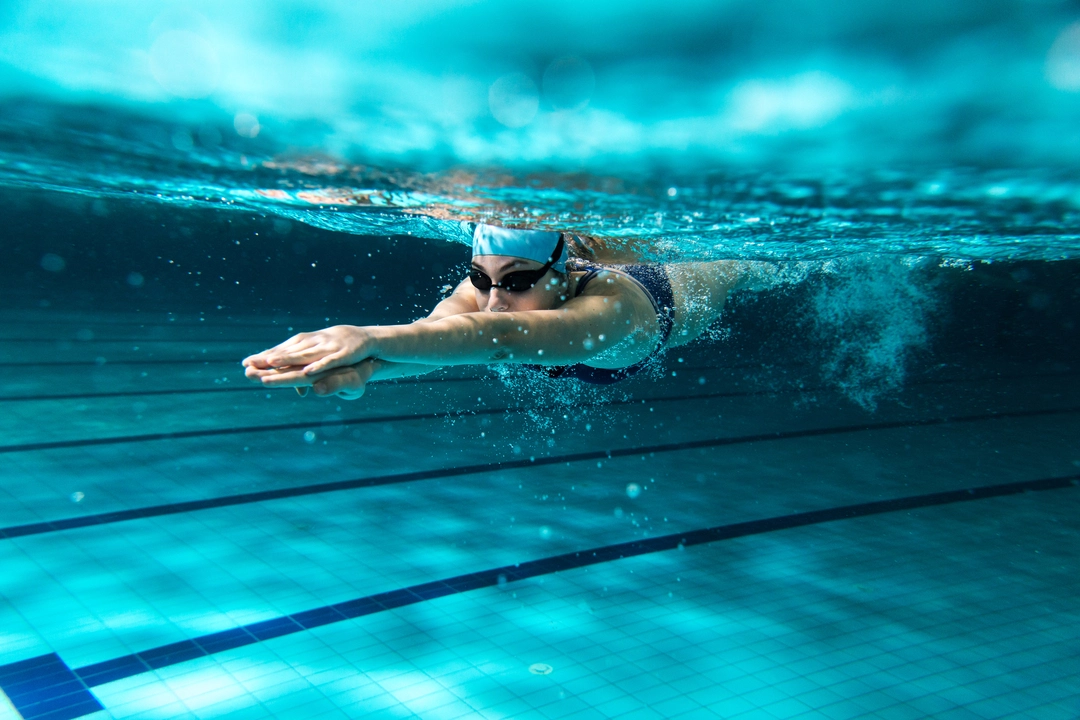Health and Fitness Tips for Swimmers
Did you know that swimming can burn as many calories as running, but without the joint pounding? That's why many local athletes swear by the pool for staying fit. In this guide, we’ll break down the real benefits, the pitfalls of over‑doing it, and easy ways to get the most out of every splash.
Why swimming tops the list of full‑body workouts
When you glide through water, you’re forcing every major muscle group to work – arms, shoulders, core, legs and even the tiny stabilisers around your hips. The resistance of water is about twelve times higher than air, so even a relaxed stroke builds strength. At the same time, the buoyancy eases pressure on your knees and spine, making it ideal for anyone who finds land‑based cardio hard on the joints.
Because you control your breathing while you move, you also improve lung capacity. A typical 30‑minute lap session can raise your heart rate into the fat‑burning zone, then drop it quickly once you finish – perfect for boosting endurance without the crash that some high‑impact workouts cause.
What happens if you swim every day?
Swim‑daily fans often report better mood, tighter muscles and a steadier weight. The routine can lower stress hormones and give you a mental reset after a busy day. However, the same repetitive motion that builds strength can also irritate tendons, especially in the shoulders.
To keep daily swimming safe, vary your strokes. Mix freestyle with backstroke or breaststroke to shift the load across different muscles. Take a light day every week – a gentle float or a relaxed water‑aerobics class – and listen to any ache that sticks around longer than a couple of sessions.
Don’t forget proper technique. A crooked pull or an uneven kick creates extra strain on joints and can lead to tendonitis. If you’re new or returning after a break, consider a quick lesson with a local coach at Wyre Forest Paddlers. Even a 15‑minute tweak can save hours of rehab later.
Hydration matters too. It’s easy to forget you’re sweating in the pool, but water loss still happens. Keep a bottle handy and sip before, during, and after your workout.
Finally, pair swimming with land‑based strength work. A few push‑ups, planks or squats three times a week will balance out any muscle imbalances the water might create. Your body will thank you with stronger shoulders, a steadier kick and fewer aches.
Ready to make swimming a core part of your health routine? Start with a realistic goal – maybe three 30‑minute sessions a week – and track how you feel. Adjust the frequency as you learn what your body tolerates. Remember, consistency beats intensity when you’re building a lifelong habit.
Whether you’re prepping for a local triathlon or just looking for a low‑impact way to stay fit, the pool offers a unique mix of cardio, strength and recovery. Keep it varied, stay mindful of technique, and you’ll enjoy the benefits without the burnout.

